

Suunto Blog
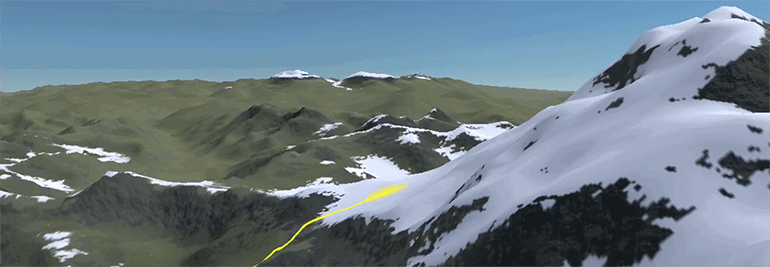
Relive Kilian Jornet’s Aconcagua record with a Suunto Movie
Kilian Jornet set a new ascent-descent record on Aconcagua, the highest mountain in the western hemisphere, on December 23rd. The speed record was part of Kilian’s Summits of My Life project.
Kilian started the ascent from the last inhabited place, the cabin of the park guards in Horcones at 2.900 meters. With the summit at 6,962 m the route included over 4,000 m of ascent and descent – and a distance of almost 60 km.
The new Aconcagua record now stands at 12 hours 49 minutes. That’s three hours faster than the previous official record and an hour faster than the unofficial one!
“I’m really happy to have completed this new challenge. It has been tough, especially at 6,500m altitude when I suffered altitude sickness. Anyway, these moments of suffering will always be remembered,” says Kilian.
Relive Kilian Jornet’s Aconcagua record with a Suunto Movie.
Read also Kilian’s blog post about the record.
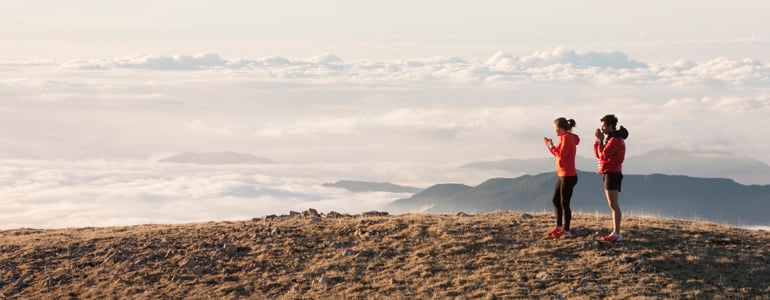
Aconcagua welcomes new visitors
As you read this, Kilian Jornet is attempting #6 on his Summits of My Life project, the mighty Aconcagua, 6,959 m, the highest mountain in the Americas. The goal is to set a new speed ascent record and follows his previous successes on Mt Blanc, the Matterhorn and Denali. “Everything is ready for the next dream!” he recently blogged.
Aconcagua, Argentina ©Daniel Peppes Gauer - Flickr
The goal is to break two records: Brunod, Pelissier and Meraldi's 3h 40 m record from the Plaza de Mulas (basecamp) in 2000 and Egocheaga's 14h 54m record from Horcones set in 2007. Kilian is typically modest when we speak to him: “The main goal is to make a fast time on Aconcagua,” he says.With him will be the film-maker Seb Montaz and guide Vivian Bruchez and one other person close to Kilian, his girlfriend Emelie Forsberg. This means he will not be the only champion ultra runner on the mountain.
Illustration courtesy of Suumits of my Life
It will be nice to support Kilian,” says Emelie “and if I am having a good day I will also try for the female record. It's not a goal for me but if I'm feeling good, I will try. It's a beautiful mountain.”Aconcagua is not as technically difficult as the Matterhorn and nor as wild and exposed as Denali but sitting just under 7,000 m it still poses a formidable challenge. Next up on Kilian's mountain schedule is the winter ski-mountaineering season and then Everest beckons in the spring. “It's too ambitious to say it will be a record attempt,” adds Kilian. “It will be an attempt!”We all wish Kilian (and Emelie) the best of luck!
Main image shows Emelie and Kilian in Spain: ©Jordi Canameras
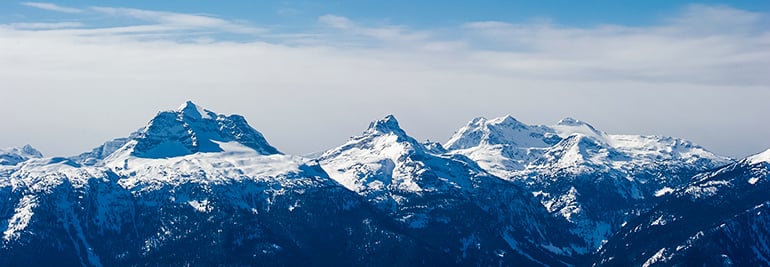
What's your adventure?
Adventures take us to new experiences and out of the everyday. Kilian Jornet says that exploring is human; Greg Hill that adventure is a mindset.
Watch the Suunto Adventure video and hear what Kilian Jornet, Greg Hill, Jill Heinerth and Conrad Stoltz think of adventure.
Top image: © Bruno Long
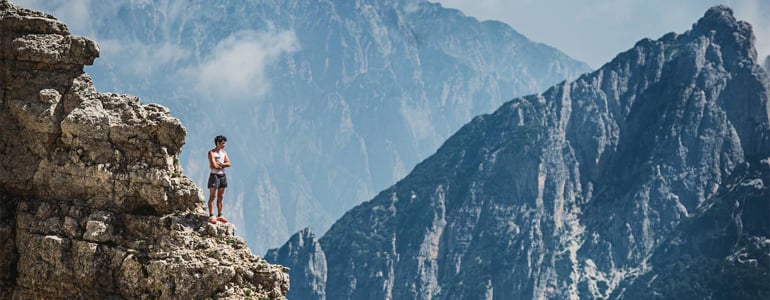
Awards for Kilian Jornet
Kilian Jornet is well known for his superhuman running and mountaineering achievements. From 100 milers to the vertical kilometer, from World Cup ski-mountaineering races to record ascents of alpine peaks, he blazes a trail wherever he goes. But the Suunto ambassador has just been recognized for something else – his writing skills. Kilian's book, Run or Die was shortlisted for the prestigious William Hill Sports Book of the Year literary prize in the UK. “I never expected this – I'm not a writer,” says Kilian. “I just wrote the book to share what I feel when I'm running but it's so nice to be recognized.”
In Run or Die Kilian describes his record-breaking runs at Lake Tahoe, Western States 100, Ultra-Trail du Mont-Blanc, and his record ascent of Kilimanjaro. It's not the only prize the athlete has scooped. Déjame Vivir, the film of his speed ascents on Mt Blanc and the Matterhorn has just won ‘Best Adventure & Exploration Film’ at the 2014 Kendal Mountain Festival. The film, which was made by renowned mountain film-maker Sébastien Montaz, follows Kilian during his Summits of My Life project.“I just had my part in that film but credit goes to all the people like Seb who made a really good job on this film. It's nice, the response of the public when we show the film,” he adds. “They are inspired and motivated and that's the most important thing.”Run or Die is available in English, French, Spanish and Catalan. Go to Kilian's website for more details.
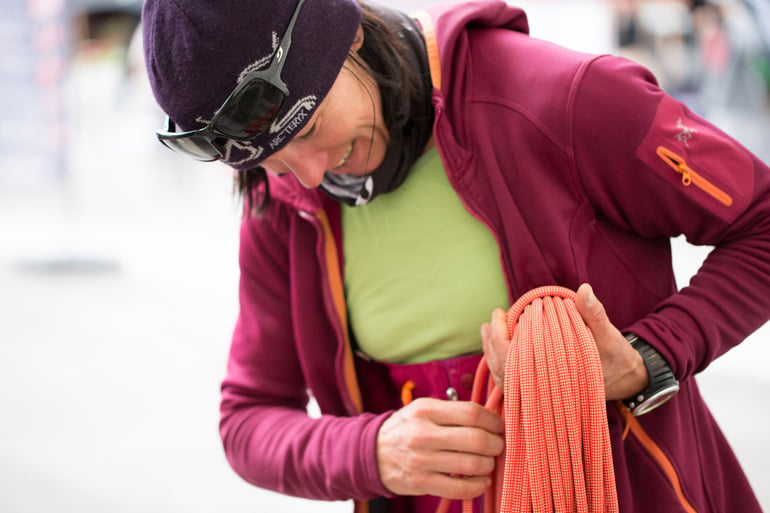
Get more from your Ambit GPS watch.
Mountain guide Fabien Meyer offers some tips on how you can use the altimeter function to better understand the weather and how to use the compass to navigate. Don't become fixated by knowing your exact altitude and re-calibrating every ten minutes. “Don't be obsessed about it,” says Meyer. “It's more important to understand what's going on with the pressure.”“If you get an altimetric increase of altitude while you're at the same height, the atmospheric pressure is going down,” he says. “A big advantage is the new Fused Alti technology: it calibrates your altimeter with GPS, so you can follow the evolution of the pressure even as you move vertically, so long as the sky is clear,” he adds.
Click here to find out how the Track back feature can help you navigate safely
Understand how pressure works: “When you're at sea level a difference of 1hPa is equal to approximately 7m. At the summit of Everest it's about 10m. For example, say you calibrate at 2,000m and climb to a 4,000m peak but your Ambit says 4,200 m, you know there's been a drop of approx 20hPa. That's a big drop and you should turn around. Especially if you notice humidity in the air.”Use the compass“It's very important to have a compass especially when you still do not need it ;-).” says Meyer. “The Ambit compass is very accurate and you won't leave it at home because it is on your wrist. It's very quick to orientate yourself and gain the right direction. Check often “There are lots of different configurations, in all of them, I try to minimize my dependence on electronic gear. For me the safest when it is serious (no visibility and dangerous terrain) is to check my position every 1 to 30 minutes (depending how dangerous the terrain is) and to fix a bearing that I follow during each stage. “Even if your watch bearing is accurate and safe you don't need 100% accuracy with bearings. In bad weather, if you're glued to a screen you may end up in a crevasse! It's better to check your position often and do lots of little bearings rather than follow a straight line – you're not a sailor.” Use the bearing lockUsing this, you can take a bearing to the next waypoint and off you follow. The track back is also a very useful feature and when it is turning bad it gives you a solution in any circumstances, serious or not, but don’t forget it doesn't work on steep terrain.Want to go ice-climbing with Fabien Meyer? He will be one of several guides at the Cogne Ice Opening in December. Click here for more details.

TRACKING BACK WITH AN AMBIT
Last August Estonian ski mountaineer Argo Mere attempted to ski down 7,546 m high Muztagh Ata on the northern edge of the Tibetan Plateau in China. Unfortunately the weather conditions didn't make reaching the summit easy: Mere and his group had already spent two nights at camp 3 at 6,800 m but the weather stayed poor.
“We were waiting for an opening to continue to the top, but zero visibility and continuous snowfall blocked the way up,” he says.
Finally the team decided to turn back.
“On the human side, nothing was left undone but nature wasn’t in our favor this time,” he says.
Descending in a total white-out wasn’t easy either.
“Since I was the only one on skis I had problems waiting for the others. Looking at the track now I can see that somehow I turned too much right.”
Once Mere realized he was off track – and too close to the big cliffs (dark on the map on skier's right) – he decided to escape back up the same way he had skied down.
“I put my skins back on, turned my Suunto to Trackback and managed to return to the right track and also found my friends.”
Mere says they found their previous camp thanks to his Ambit’s Track back function.
“Yes, it was quite adventurous and nice that a 'gadget' turned to something vital in returning,” he adds.
HOW TO TRACK BACK WITH AN AMBIT
In the story above Argo Mere used the Ambit’s Track back function. With Track back, you can retrace your route at any point during an exercise.
To track back during exercise:
While you are in a sport mode, keep [Next] pressed to access the options menu.
Press [Next] to select NAVIGATION.
Scroll to Track back with [Start Stop] and select with [Next].
You can now start navigating your way back the same way as during route navigation.
During navigation, press [View] to scroll the following views:
The full track view showing the whole route
Zoomed-in view of the route. (By default, the zoomed-in view is scaled to a 200 m/0.125 mi scale, or larger if you are far away from the route. You can change the map orientation in the watch settings under GENERAL / Map.)
Waypoint navigation view
You can read more about navigation in your watch’s user guide. The user guide for your product can easily be found in register after you have registered your product in the same location.
NOTE: If the GPS accuracy setting of your sport mode is Good or lower, while navigating GPS accuracy switches to Best. Battery consumption is therefore higher.
You can get support for your Suunto product at support
Main image ©John Hill / Flickr














































































